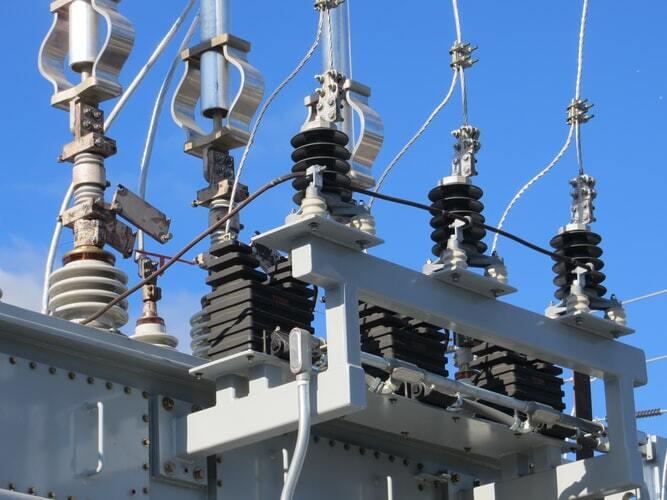DSOs can use digitalisation to empower all grid stakeholders
Construction21 - La rédaction

Distribution System Operators (DSOs) are in charge of operating, maintaining and developing the distribution network to ensure that electricity is delivered to end-users in a secure, reliable and efficient manner. Harry Taylor, Chris Collins and Erik Rakhou at Baringa Partners spell out what DSOs need to do to take full advantage of digitalisation technologies and processes to make them fit for a rapidly transforming energy system.
A growing diversity of technologies are accessing the network. Connection requests are rising fast. Usage patterns are changing in unpredictable ways. Real time analytics and visibility are needed and in demand from existing, new and innovative third parties. It will be an evolutionary process, a journey, where out-of-date models will give way to new ones, and important – sometimes unexpected – lessons are learned along the way. But the authors say that of the 200 biggest DSOs in Europe, only a few from Austria, Finland, Netherlands, Portugal and the UK have a digital customer-centric strategy and senior leadership squarely behind it. Here they detail the wide range of challenges and strategies to hand. The authors emphasise that the DSOs should be driving, not reacting to, change and empowering stakeholders and consumers should be their goal.
The global energy landscape is changing. This is particularly true in EU countries, which are preparing to implement the Clean Energy Package[1]. DSOs (we use the term Distribution System Operator/DSO synonymously with Distribution Network Operator/DNO) have historically had an important role in connecting low carbon generation, but with the pace of decarbonisation and electrification of the energy system they are having to adapt quickly in order to manage:
- Vastly more connection requests that need to be assessed, approved and implemented
- More diversity of technologies requiring access to the network
- Customers using the network in new and less predictable ways
- More need for real-time network visibility, and analytics
- Demands to make that network data consistent, transparent and accessible to third parties.
In order to meet these challenges, DSOs are having to make significant improvements to their digital and data capabilities. It is tempting to talk about the digital future of DSOs as a vision for the distant future, that of 2030 and beyond. But these changes will not take the form of a single ‘big bang’ transformation but, rather, a journey of increasing maturity that delivers value at each step along the way. So whilst the final destination is uncertain, the journey needs to start now in 2020 (...) Read more
An article from EnergyPost. Read the original article
Photo credit : American Public Power Association via Unsplash



